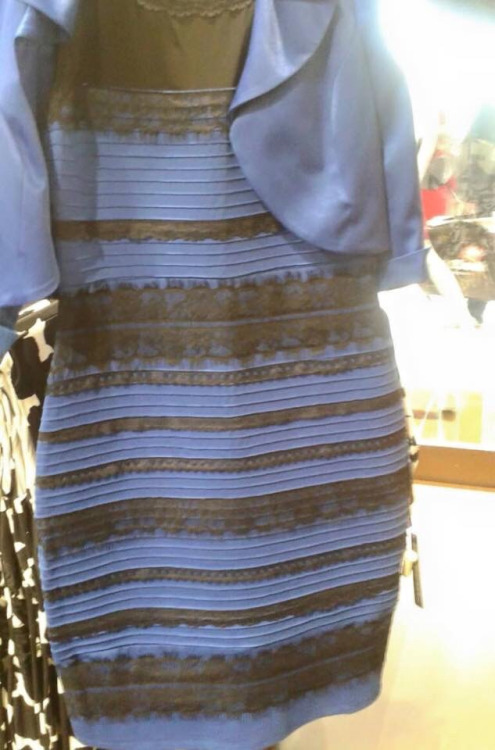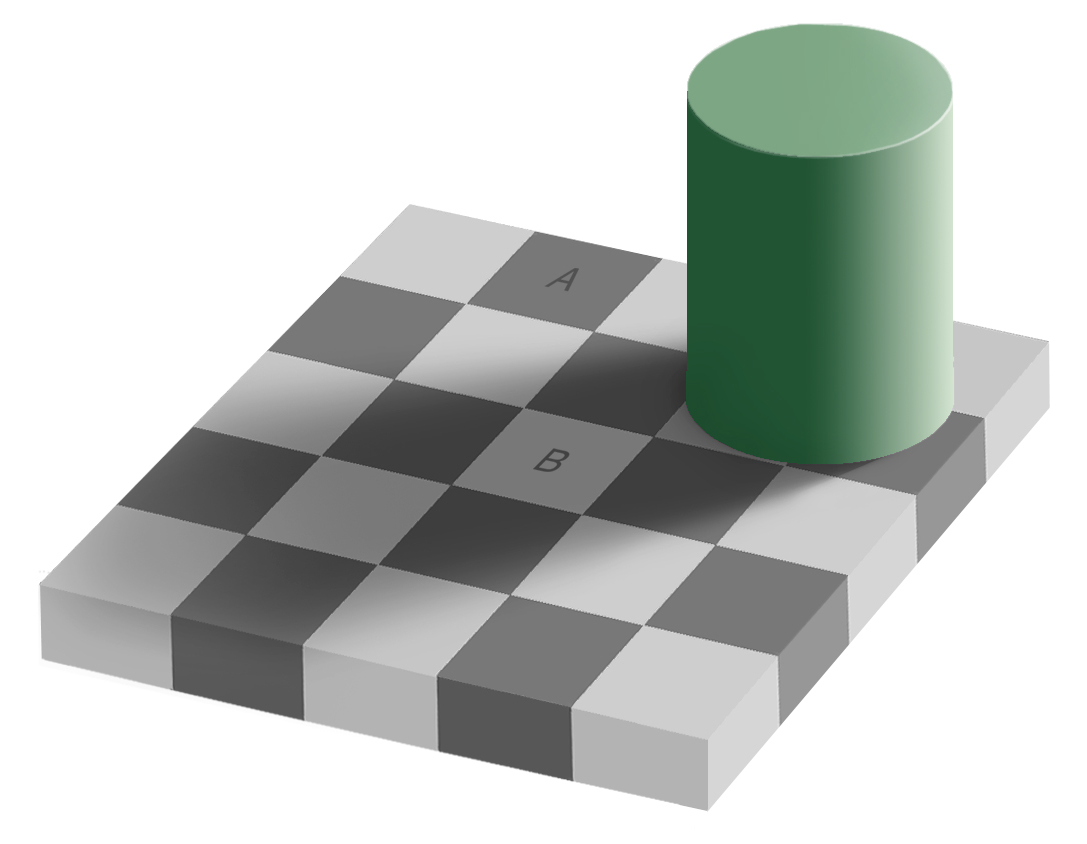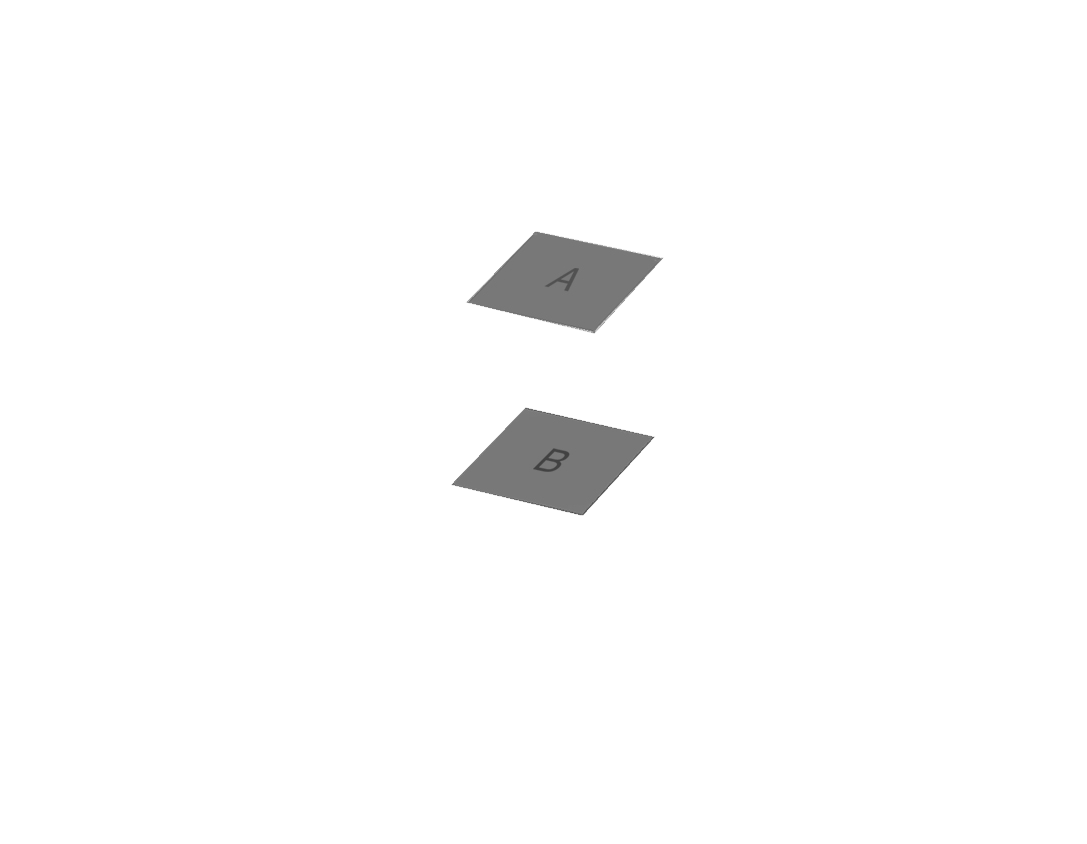What colour is the dress?
Earlier this year, a photo of a dress showed up on the internet which got everyone talking. Is it blue/black, or is it white/gold? And why do different people see different colours when looking at the same image?
The difference lies is in whether your brain thinks the colour of the dress comes from the light, or from the dress itself.

What colour do you see?
More about colours and why you see what you see
Something you might not know about your brain, is that it is constantly working hard to try and figure out what the colours are of the objects around you.
Light varies in wavelengths, and if you look at rainbows you can see that those wavelengths appear as different colours.
With that in mind, let’s consider what we see when we look at a ‘red car’. You might assume that the reason it is red is because its surface reflects lots of long wavelengths (that appear red) and absorbs all the other ones.

Except, that’s not exactly true.
The trouble is that the amount of “redness” reflecting off the car will vary tremendously throughout the day (and throughout the year) as the amount and type of light reflecting off of it changes. So as the sun moves from dawn to midday to into the night, the wavelengths reflected from objects will change drastically.
So why doesn’t everything change colour all the time – including the red car – when the light reflecting off of things isn’t constant?
Well, it’s because your brain is really good at figuring out what the original colour was and so that is what you see.
So how does it do it?
The basic answer is that your brain is not just looking at how much redness is coming from the car; but it is also looking at how much redness is coming from everything else in the scene. The “red” thing doesn’t have to have lots of red light reflecting off of it; it just needs to have more red light than anything else surrounding it.
So to change the colour an object appears to have, you don’t need to change anything about the object, you just need to change the context in which you are viewing it.
Squares A and B look like they are different colours. But, if you click on the button to apply the mask, you can see that they are actually identical. They look different in the main image because of the very different surrounding colours.
So what does this have to do with the dress?
Well, it is not at all surprising that the dress appears to have different colours under different circumstances, since colour is so based upon context and surroundings and those things often change.
But what is more interesting with the dress, is that two people can look at the same image and disagree. Normally our perceptual systems will agree. But not always.
So why do you see one set of colours, and your friend sees a different colour? Or why can you see one colour in one setting, and another colour in a different setting?
The difference lies is in whether your brain thinks the colour of the dress comes from the light, or from the dress itself.
And if you are one of the people who can see the dress differently in different contexts, that signals that your brain is responding differently according to the context you are in.


